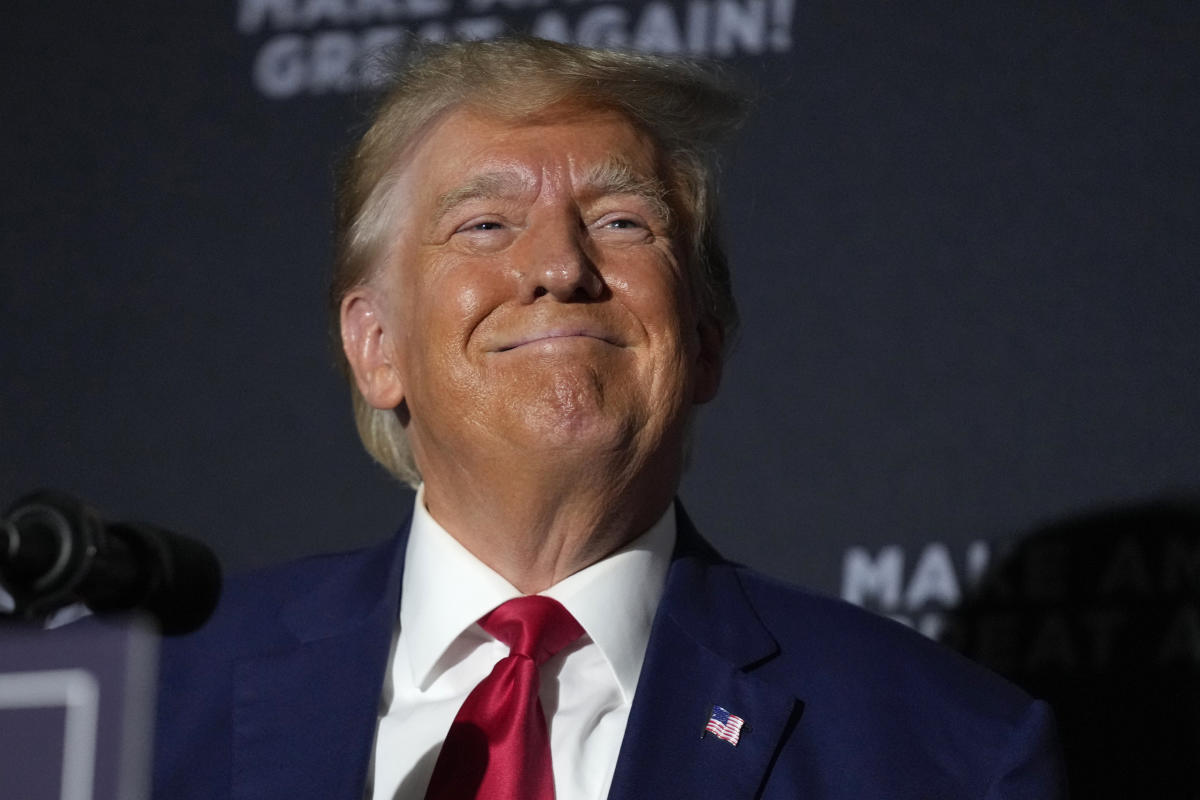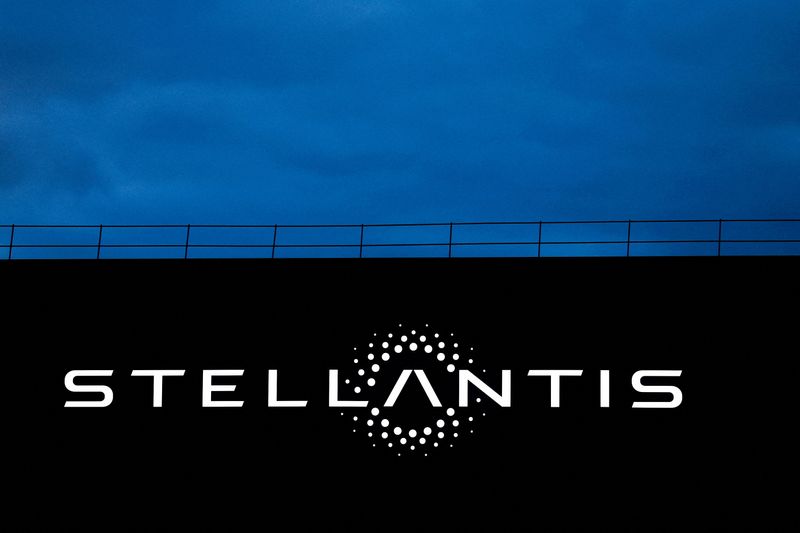Posted by Krishna Kaushik
NEW DELHI (Reuters) – India has in recent months banned domestic manufacturers of military drones from using components made in China over concerns about security vulnerabilities, four defense and industry officials said, according to documents seen by Reuters.
The action comes amid tensions between the two nuclear-armed neighbors and as New Delhi pushes for a military modernization that envisions greater use of unmanned quadcopters, long endurance systems and other autonomous platforms.
But as India’s nascent industry looks to cater to the military, defense and industry figures said India’s security chiefs were concerned that intelligence gathering could be compromised by Chinese-made parts in drone communications functions, cameras, radio transmissions and drivers.
Three of those people and some six other government and industry figures interviewed by Reuters spoke on condition of anonymity because they were not authorized to speak to the media or because of the sensitivity of the subject. The Indian Ministry of Defense did not respond to questions from Reuters.
The documents show that India’s approach, first reported by Reuters, complements phased import restrictions imposed on surveillance drones since 2020 and is implemented through military tenders.
At two meetings in February and March to discuss bids for the drones, Indian military officials told potential bidders that equipment or sub-components from “countries sharing land borders with India would not be acceptable for security reasons,” according to minutes seen by Reuters. The minutes did not identify the military officials.
One tender document said such subsystems had “security holes” that compromised military-critical data, and called on vendors to disclose the origin of the components.
The reference to neighboring countries was a euphemism for China, a senior defense official told Reuters, adding that Indian industry had become dependent on the world’s second largest economy despite concern about cyberattacks.
Beijing has denied involvement in cyberattacks. China’s commerce ministry, which last week announced export controls on some drones and drone-related equipment, did not respond to questions about India’s actions.
The US Congress in 2019 banned the US Department of Defense (Pentagon) from purchasing or using drones and components made in China.
manufacturing hurdle
Prime Minister Narendra Modi has sought to build up drone capacity in India to thwart perceived threats, including from China, whose forces have clashed with Indian soldiers along their disputed border in recent years.
India has set aside 1.6 trillion rupees ($19.77 billion) for military modernization in 2023-24, 75% of which is for domestic industry.
Government and industry experts said the ban on Chinese parts has raised the cost of making military drones domestically by forcing manufacturers to source components elsewhere.
Sameer Joshi, founder of Bengaluru-based NewSpace Research and Technologies, a supplier of small drones to the Indian Army, said that 70% of the goods in the supply chain are made in China.
“So if you talk to, let’s say, a Polish guy, he still has his ingredients coming through China,” he said.
The shift to a non-Chinese pipeline has caused costs to skyrocket, Joshi said, adding that some manufacturers are still importing materials from China but they are “white labeling, keeping costs within that framework.”
technological gaps
India relies on foreign manufacturers for both parts and entire systems because it lacks the know-how to make certain types of drones.
Dilip, director of the state Aviation Development Corporation (ADE), says the government-funded program to produce an unmanned domestic medium-altitude long-endurance system is at least half a decade late.
The platform, called Tapas, meets most requirements but needs more work to meet the Army’s goal of a drone that can reach an operational altitude of 30,000 feet and remain airborne for 24 hours, Dilip said.
“We were basically limited to engines,” he said, as neither the locally built ones nor the international models were available for India until the job.
Apart from Tapas, which is expected to begin military trials this month, ADE is working on a stealth unmanned platform and a High Altitude Long Endurance platform, but both are far from them.
To fill these loopholes, India announced in June that it would buy 31 MQ-9 drones from the United States for more than $3 billion.
RK Narang, a drone expert at the government’s Manohar Parrikar Institute of Defense Studies and Analyzes, said, “There needs to be a coherent national strategy to bridge the technological gaps” to offer commercially viable products.
Finance Minister Nirmala Sitharaman pledged in February that a quarter of this year’s 232.6 billion rupees ($2.83 billion) budget for defense research and development would be for private industry.
However, Narang said there has been little investment in research and development by major Indian private sector companies. Joshi said venture capitalists avoided military projects because of the long lead times and the risk of orders not being carried out.
The senior defense official said India would need to accept higher costs to boost domestic manufacturing.
“If today I buy equipment from China, but I say I want to make it in India, the cost will go up by 50 percent,” he said. “We as a nation need to be ready to help the ecosystem build here.”
($1 = 82.2775 Indian rupees)
(This story has been corrected to say 1.6 trillion rupees, not 1.6 billion rupees, in paragraph 12)
(Reporting by Krishn Kaushik; Additional reporting by Joe Cash in Beijing; Editing by David Crawshaw and YB Rajesh)



